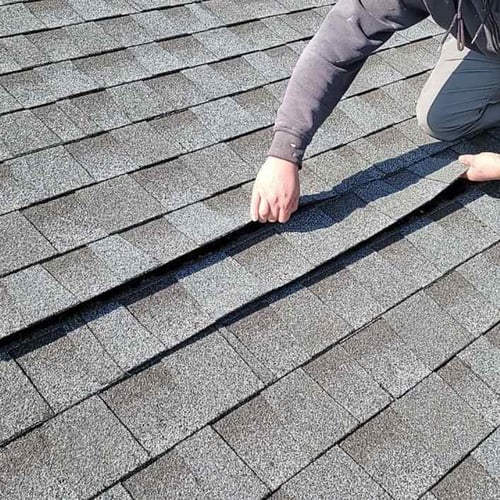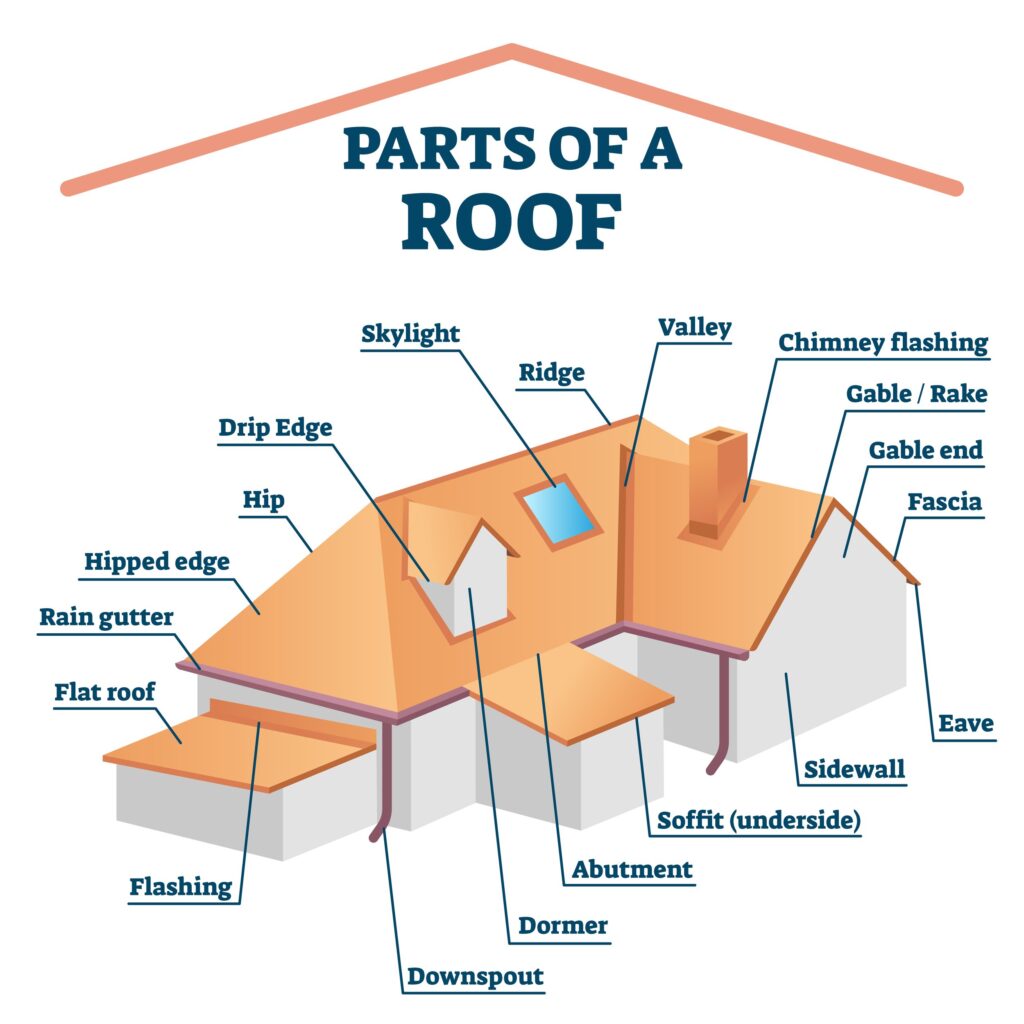In this article, we’ll tackle a common question that homeowners often have – does your insurance company have to replace your entire roof if your home has discontinued shingles nerve damage from a windstorm? We understand that dealing with insurance claims can be confusing and sometimes frustrating, so we’re here to provide some clarity. So, let’s dive into the world of insurance policies and find out what your options are when faced with shingle damage caused by a windstorm.
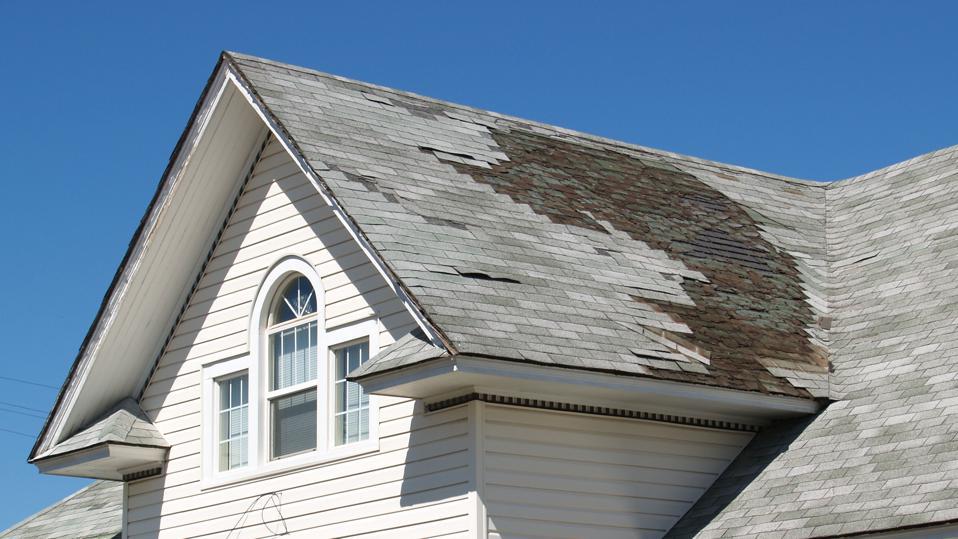

Understanding your insurance policy
Know your coverage
Before dealing with any issues related to your roof and insurance claim, it is crucial to have a thorough understanding of your insurance policy. Take the time to carefully review your policy and familiarize yourself with the coverage it provides. This will help you have a clearer picture of what to expect in terms of compensation for any damages or repairs.
Review your policy
Regularly reviewing your insurance policy is essential to ensure that your coverage remains adequate for your needs. As circumstances change over time, such as the age of your roof, you may need to update your policy to ensure sufficient coverage. By staying on top of your policy, you can avoid unpleasant surprises when filing a claim.
Determining the extent of damage
Inspecting the roof
After a windstorm or other damaging event, it is crucial to conduct a thorough inspection of your roof to determine the extent of the damage. While it is possible to conduct a visual inspection yourself, it is advisable to have a professional inspect your roof for a more accurate assessment. They have the expertise to identify hidden damage that may not be immediately apparent.
Assessing the damage
Once the inspection is complete and the damage has been identified, it is important to assess the severity of the damage. This assessment will help you determine whether the damage requires a complete roof replacement or if repair options are feasible. Keep in mind that the extent of the damage plays a significant role in the insurance company’s decision-making process.
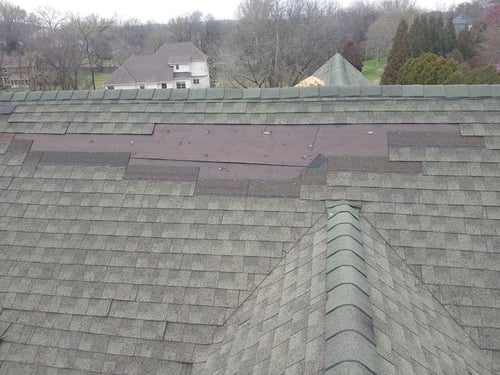

Negotiating with your insurance company
Contacting your insurance provider
Once you have gathered all the necessary information about the damage to your roof, it is time to contact your insurance provider. Reach out to them as soon as possible to report the damage and initiate the claims process. Be prepared to provide detailed information about the damage and any supporting documentation, such as photos or videos.
Understanding the claims process
Familiarize yourself with the claims process outlined by your insurance company. Each provider may have specific requirements and timelines that you must follow when filing a claim. Understanding this process will help you navigate through it smoothly and ensure that you meet all the necessary requirements along the way.
Presenting evidence of damage
When filing a claim, it is vital to provide evidence of the damage to your insurance company. This could include photographs, videos, or any other documentation that supports your claim. The better your evidence, the stronger your case will be. Make sure to keep a copy of all the evidence for your records.
Considering policy exclusions and limitations
Examining policy exclusions
Insurance policies may contain exclusions that specify situations or damages that are not covered. It is essential to carefully examine your policy to understand the specific exclusions related to roof damage. Common exclusions may include neglect or lack of proper maintenance, damage due to wear and tear, or damage caused by certain perils such as earthquakes or floods. Knowing these exclusions will help manage your expectations when filing a claim.
Assessing coverage limitations
In addition to exclusions, insurance policies may also have limitations on the amount of coverage provided for certain types of damage. For example, your policy may have a limit on the maximum amount reimbursed for roof repairs or replacement. Understanding these limitations will help you determine your potential out-of-pocket expenses and guide you in negotiating with your insurance company.
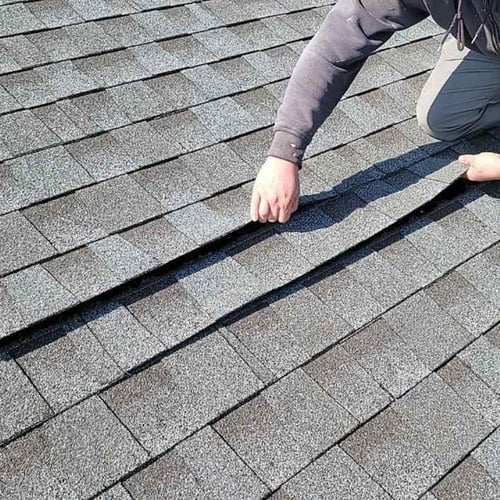

The role of discontinued shingles and nerve damage
Understanding discontinued shingles
Discontinued shingles refer to roofing materials that are no longer available or in production. If your roof has discontinued shingles and they are damaged by a windstorm, you may face challenges when filing an insurance claim. While policies vary, some insurance companies may only cover the replacement of discontinued shingles if the damage exceeds a certain threshold.
Recognizing nerve damage from a windstorm
In some cases, windstorms can cause damage to the nerves of your roof, leading to further complications. This nerve damage can sometimes be difficult to detect, as it may not immediately show visible signs. If you suspect nerve damage after a windstorm, it is crucial to have a professional inspect your roof thoroughly. Documenting and reporting this damage to your insurance company will be essential for obtaining the necessary compensation.
Replacement vs. repair
Advocating for replacement
Depending on the extent of the damage and the age of your roof, advocating for a complete roof replacement might be the best course of action. If the damage is extensive, repairing the roof may only serve as a temporary solution, and further issues may arise in the future. Present compelling evidence to your insurance company that supports the need for a complete replacement, emphasizing the long-term benefits and cost effectiveness.
Considering repair options
In some cases, repair options may be feasible and sufficient to address the damage to your roof. If the damage is minimal or localized, repairs may be a more cost-effective solution. Consult with a professional contractor to assess the feasibility of repairs and obtain multiple quotes to help you understand the potential costs involved. Discuss these options with your insurance company and negotiate accordingly.
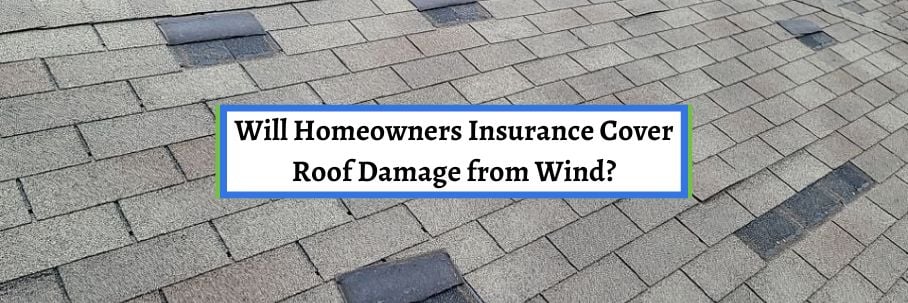

Factors influencing the insurance company’s decision
Age of the roof
The age of your roof plays a significant role in the insurance company’s decision-making process. Insurance companies may consider the lifespan of the roof and whether it has reached its expected duration. Older roofs may face more challenges in obtaining a full roof replacement, as the insurer may argue that the damage is partially due to normal wear and tear.
Extent of damage
The extent of the damage to your roof is a key factor insurance companies consider when determining the appropriate compensation. Extensive damage that compromises the structural integrity of the roof is more likely to result in a replacement being approved. However, minor or cosmetic damage may only qualify for repair options.
Proper maintenance and upkeep
Insurance companies also take into account the level of maintenance and upkeep performed on your roof. Regular maintenance, such as inspections and repairs, can help prevent or minimize damage. If you can provide evidence of proper maintenance, it may strengthen your case for receiving full or adequate coverage.
Working with contractors and adjusters
Obtaining multiple quotes
When dealing with roof damage, it is advisable to obtain multiple quotes from reputable roofing contractors. These quotes will help you better understand the scope of the necessary repairs or replacement, as well as the associated costs. Having multiple quotes can also help you negotiate with your insurance adjuster, ensuring that you receive fair compensation.
Coordinating with the insurance adjuster
Once you have obtained quotes from roofing contractors, it is important to coordinate with your insurance adjuster. The adjuster will assess the damage and determine the appropriate compensation based on your policy coverage. Collaborating with the adjuster and sharing the quotes you have obtained can help streamline the process and ensure a fair resolution.


Appealing a denied claim
Understanding the appeals process
In the unfortunate event that your insurance claim is denied, you may have the option to appeal the decision. Familiarize yourself with the appeals process specified by your insurance company, as it may involve certain deadlines or documentation requirements. Be prepared to provide additional evidence or supporting documentation that strengthens your case.
Seeking legal advice
If you encounter challenges with your insurance claim, it may be beneficial to seek legal advice from an attorney specializing in insurance law. They can review your policy, assess the validity of the denial, and guide you through the appeals process. Legal representation can help you navigate complex insurance terminology and ensure that your rights are protected.
Steps to take after a settlement
Finding a reputable roofing contractor
After reaching a settlement with your insurance company, it is essential to find a reputable roofing contractor to complete the necessary repairs or roof replacement. Research local contractors, read reviews, and ask for recommendations from trusted sources. A reliable contractor can ensure the quality of workmanship and help restore your roof to its pre-damaged condition.
Completing necessary paperwork
After a settlement, you may need to complete additional paperwork as required by your insurance company. This paperwork may include proof of completed repairs, contractor invoices, and any other documentation requested by your insurer. Timely submission of these documents will help ensure a smooth process and prompt reimbursement.
Keeping a record of repairs
Throughout the entire process, it is crucial to keep a detailed record of all repairs and related expenses. This includes invoices, receipts, photographs, and any communication with your insurance company. A comprehensive record will serve as evidence of the work completed and any associated costs, should any future claims or disputes arise.
Understanding your insurance policy, assessing the extent of damage, negotiating with your insurance company, and considering policy exclusions and limitations are essential steps to navigate the process of roof damage claims. By familiarizing yourself with the necessary information, working with professionals, and maintaining accurate documentation, you can increase the chances of a successful claim and ensure the proper restoration of your roof.

